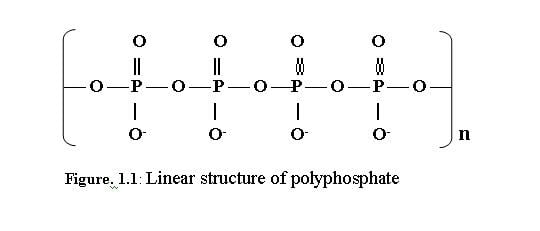 | ||
Allan farrow explains polyphosphates and orthophosphates cannot be homoginized together 4r nutrient
Polyphosphates are salts or esters of polymeric oxyanions formed from tetrahedral PO4 (phosphate) structural units linked together by sharing oxygen atoms. Polyphosphates can adopt linear or a cyclic ring structures. In biology, the polyphosphate esters ADP and ATP are involved in energy storage. A variety of polyphosphates find application in mineral sequestration in municipal waters, generally being present at 1 to 5 ppm. GTP, CTP, and UTP are also nucleotides important in the protein synthesis, lipid synthesis, and carbohydrate metabolism, respectively.
Contents
- Allan farrow explains polyphosphates and orthophosphates cannot be homoginized together 4r nutrient
- Medical vocabulary what does tin polyphosphates mean
- Formation and synthesis
- Acid base and complexation properties
- The high energy phosphate bond
- High polymeric inorganic polyphosphates
- In nature
- References
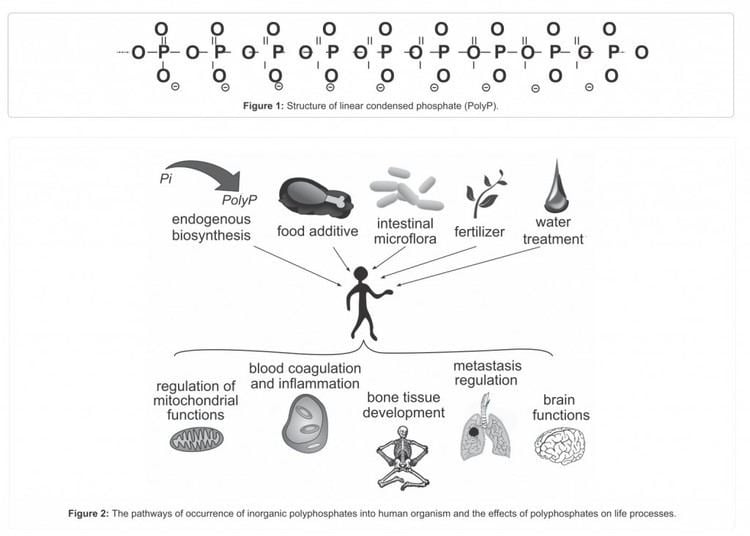
Medical vocabulary what does tin polyphosphates mean
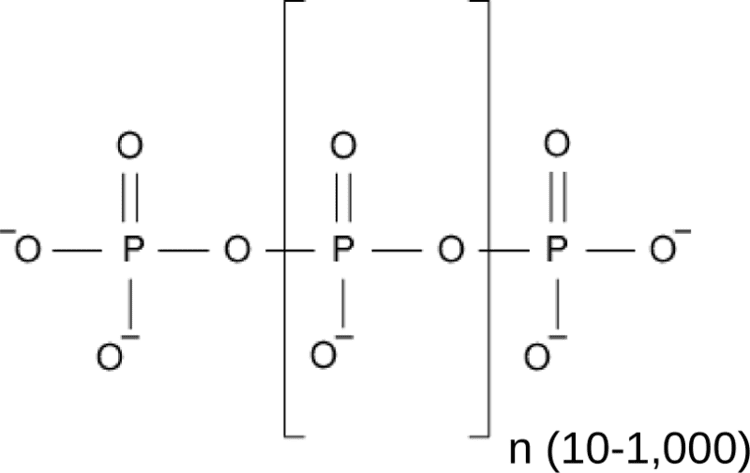
The structure of tripolyphosphoric acid illustrates the principles which define the structures of polyphosphates. It consists of three tetrahedral PO4 units linked together by sharing oxygen centres. For the linear chains, the end phosphorus groups share one oxide and the others phosphorus centres share two oxide centres. The corresponding phosphates are related to the acids by loss of the acidic protons. In the case of the cyclic trimer each tetrahedron shares two vertices with adjacent tetrahedra.
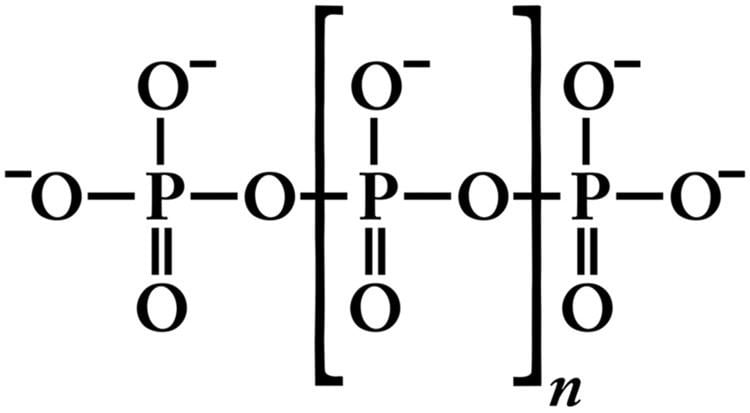
Sharing of three corners is possible. This motif represents crosslinking of the linear polymer. Crosslinked polyphosphates adopt the sheet-structure Phyllosilicates, but such structures occur only under extreme conditions.
Formation and synthesis
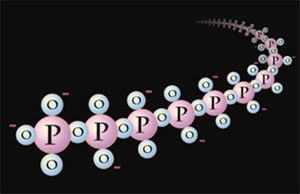
Polyphosphates arise by polymerization of phosphoric acid derivatives. The process begins with two phosphate units coming together in a condensation reaction.
2 HPO42− ⇌ P2O74− + H2O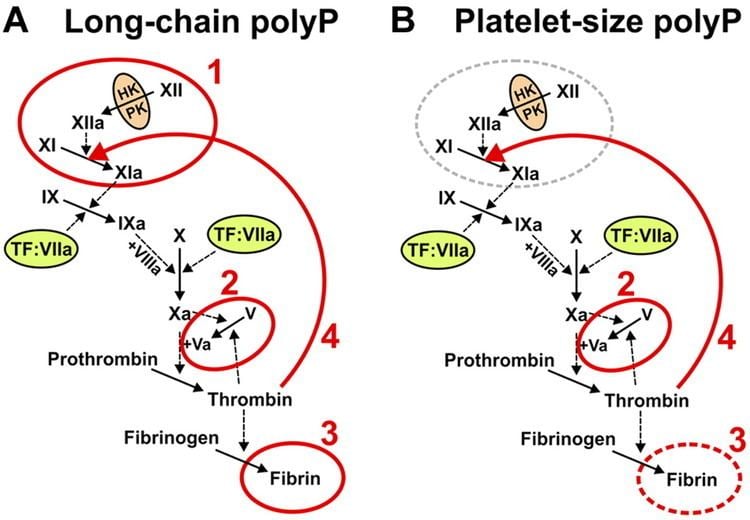
The condensation is shown as an equilibrium because the reverse reaction, hydrolysis, is also possible. The process may continue in steps; at each step another PO3 unit is added to the chain, as indicated by the part in brackets in the illustration of polyphosphoric acid. P4O10 can be seen as the end product of condensation reactions, where each tetrahedron shares three corners with the others. Conversely, a complex mix of polymers is produced when a small amount of water is added to phosphorus pentoxide.
Acid-base and complexation properties
Polyphosphates are weak bases. A lone pair of electrons on an oxygen atom can be donated to a hydrogen ion (proton) or a metal ion in a typical Lewis acid-Lewis base interaction. This has profound significance in biology. For instance, adenosine triphosphate is about 25% protonated in aqueous solution at pH 7.
ATP4− + H+ ⇌ ATPH3−, pKaFurther protonation occurs at lower pH values.
The "high energy" phosphate bond
ATP forms chelate complexes with metal ions. The stability constant for the equilibrium
ATP4− + Mg2+ ⇌ MgATP2−, log βis particularly large. The formation of the magnesium complex is a critical element in the process of ATP hydrolysis, as it weakens the link between the terminal phosphate group and the rest of the molecule.
The energy released in ATP hydrolysis,
ATP4− + H2O → ADP3− + Pi−at ΔG
High-polymeric inorganic polyphosphates
High molecular weight polyphosphates are well known. One derivative is the glassy (i.e., amorphous) Graham’s salt. Crystalline high molecular weight polyphosphates include Kurrol’s salt and Maddrell’s salt. These species have the formula [NaPO3]n[NaPO3(OH)]2 where n can be as great as 2000. In terms of their structures, these polymers consist of PO3− "monomers", with the chains are terminated by protonated phosphates.
In nature
High-polymeric inorganic polyphosphates were found in living organisms by L. Liberman in 1890. These compounds are linear polymers containing a few to several hundred residues of orthophosphate linked by energy-rich phosphoanhydride bonds.
Previously, it was considered either as “molecular fossil” or as only a phosphorus and energy source providing the survival of microorganisms under extreme conditions. These compounds are now known to also have regulatory roles, and to occur in representatives of all kingdoms of living organisms, participating in metabolic correction and control on both genetic and enzymatic levels. Polyphosphate is directly involved in the switching-over of the genetic program characteristic of the exponential growth stage of bacteria to the program of cell survival under stationary conditions, “a life in the slow line”. They participate in many regulatory mechanisms occurring in bacteria:
In humans polyphosphates are shown to play a key role in blood coagulation. Produced and released by platelets they activate Factor XII which is essential for blood clot formation. Furthermore, platelets-derived polyphosphates activate blood coagulation factor XII (Hageman factor) that initiates fibrin formation and the generation of a proinflammatory mediator, bradykinin that contributes to leakage from the blood vessels and thrombosis. Inorganic polyphosphates play a crucial role in tolerance of yeast cells to toxic heavy metal cations.
